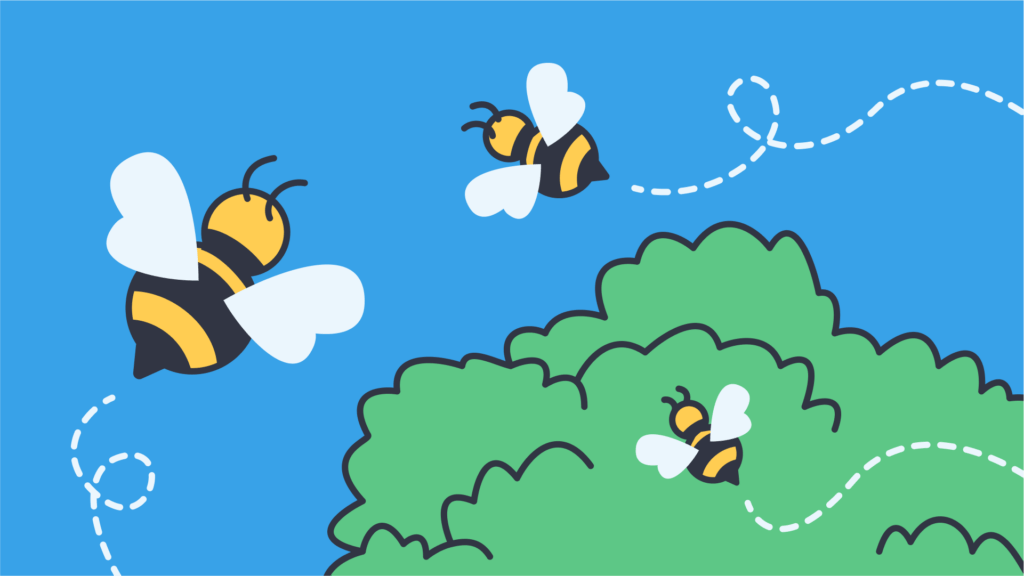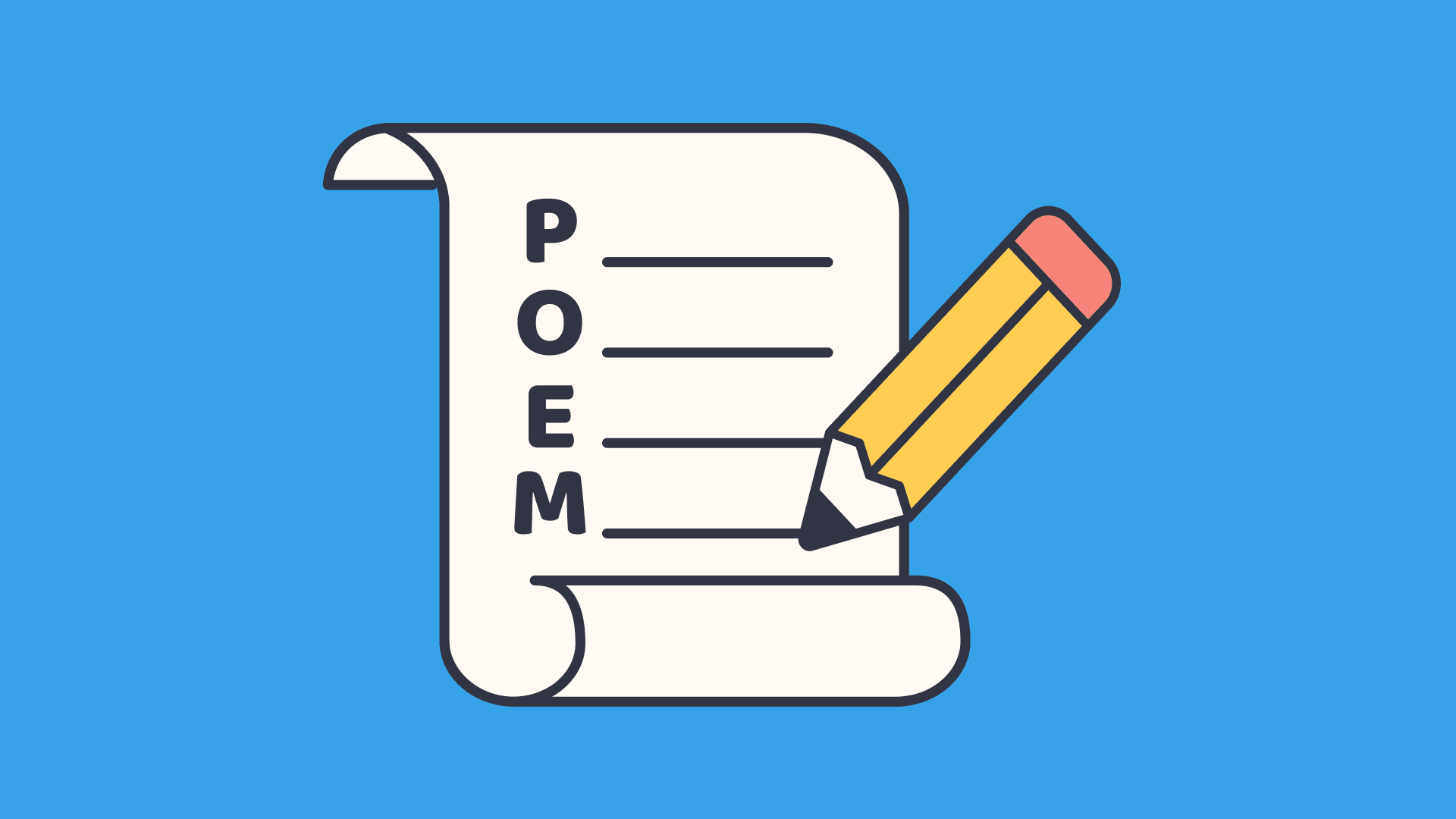Alliteration examples students can use in poems and stories
In this guide
What is alliteration and how does it enhance writing?
Alliteration is a literary device that is most often found in poetry, verse novels, storytelling, marketing slogans, and of course, tongue twisters.
Alliteration is defined as the repetition of initial sounds. For example,
Sally Sells Seashells by the Seashore,
is a well-known example of alliteration because each word begins with the /s/ sound.
Alliteration can add rhythm, create a playful or silly mood, show emphasis to a particular line of text, or make particular words or lines of text more impactful. For young writers, alliteration encourages language experimenting and provides great reinforcement for basic phonological awareness skills!
Alliteration helps writers strengthen their phonemic awareness, develop voice in writing or poetry, add style choices to writing, or help improve presentation skills and oral fluency when reading alliteration aloud.
Teachers can also utilise this area to support creativity and deepen language understanding. When students are writing stories, essays, poetry, statements, or any type of creative writing, they can enhance their skills by incorporating alliteration.
Famous alliteration examples in literature and poetry
There are so many famous lines of literature and poetry that use alliteration!
Many authors and poets use alliteration to enhance their writing and make it more memorable for their readers.
Try using these lines to inspire your students’ writing. You can even consider asking students to write their own version of what comes next after these lines of alliteration.
- Maya Angelou “Life loves the liver of it.”
- William Shakespeare “From forth the fatal loins of these two foes…”
- ”Romeo and Juliet”.
- Edgar Allan Poe “And the silken, sad, uncertain rustling of each purple curtain…”
- ”The Raven.”
- Socrates “Beware the barrenness of a busy life.”
- J.K. Rowling “Babbling Bumbling Band of Baboons.”
- “Harry Potter and the Goblet of Fire.”
These popular alliteration examples model to students how alliteration can be used in an impactful way. Share these lines with your students and discuss the effect the sound repetition has on the mood, tone, and rhythm.
Alliteration examples students can model in their own writing
Modeling is a great tool to use when teaching your students how to create and write alliteration in their own writing.
It can however be helpful to generate a list for students to see how alliteration can be used. The following examples can be used in a variety of ways in the classroom. Students can use them as sentence starters, lines in poetry, or a jumping point for a new story. Students can even add more to each section of the list!
Animals:
- Silly snakes slide silently on Saturdays.
- Fierce furry foxes fight furiously for food.
- Pretty pink penguins parade proudly past.
- Curious cats climb carefully.
- Bouncing bunnies burrow below the barn.

Nature:
- Fall flowers flourished in the fertile fields last Friday.
- Buzzing baby bees bumbled by the bushes.
- Rushing rivers roared relentlessly down the ravine.
- Trees trembled in twilight.
- Dragonflies danced delicately at dawn.
Characters:
- Etta elegantly eats eight elephants.
- Brave Benny battled big bears.
- Lexi laughed loudly in the little library.
- Mom managed to make magical memories.
- Trevor tickled ten tiny turtles.

Food:
- Puffy pancakes piled on the plate pretty perfectly.
- Banana bread bakes beautifully.
- Fizzy fruits fizzled freakishly fast.
- Crispy cookies crumbled.
- Steamy soup slurps slightly through a straw.
School:
- Purple pens piled on papers.
- Students silently and slowly studied.
- Huge hoops hung high in the hall.
- Teachers taught terrific topics on Tuesday.
- Classmates clapped cheerfully.

Sports:
- Bats and balls blew past baseball bases.
- Swimmers splashed synchronously.
- Runners raced recklessly.
- Footballs flew fast.
- Players practiced precisely and performed perfectly.
Seasons:
- Fall leaves fell frantically fast.
- Spring has sadly sprung.
- The summer sun sizzled strongly.
- Autumn air arrived aromatically.
- Winter winds whispered.

Silly:
- Purple pigs paraded proudly.
- Zany zebras zoomed zealously.
- Flappy frogs flopped frequently and fearlessly.
- Dancing dogs drummed on donuts.
- Kangaroos kicked kites.
Travel:
- Boats bounced by bridges.
- Trains trekked through tunnels.
- Airplanes ascended above all.
- Tires turned twice to town.
- Bikes bounded before bumps.
Creative writing prompts and poetry tasks with alliteration
Add alliteration activities to any writing lesson – these activities and writing prompts are a great way to incorporate alliteration into your daily lessons and writing activities.
Alliteration builds writing and phonics fluency and can add a little fun into your normal routines!
Alliteration Acrostics:
- Have students choose a name, topic, or person they know.
- Write the word they have chosen on a piece of paper vertically, with each letter below the next.
- Next, students come up with an alliterative phrase that connects to each letter.
- For example, if students chose the word SPRING, the ‘S’ could say, simple soft sunsets.
To extend this activity, students can create and design pictures for each letter.
Tongue Twister Tuesdays:
- Challenge students to write their own tongue twisters using a chosen consonant sound. Add this activity into your Tuesday routine to keep alliteration!
- An example might be: “Fancy Frank fried five friendly fish.”
Character Creations:
- Students can explore and design new characters for stories or comic books. The only catch- the character and trait about the character must start with the same letters!
- For example, “Brave Beau battles bad bots.”
Class Collaborations:
- Write a poem together as a class! Together, come up with a topic to focus on, then have each student add one alliterative line to a class poem.
- These topics can be anything! Try writing a collaborative poem on a season, an emotion, or a character of your favorite book!
Picture Prompts:
- Show detailed pictures or photographs (bonus points if it connects to other subjects!) to your students.
- Challenge students to write a caption or short story using alliteration related to what they see.
Sensory Share:
- Bring an object into your classroom without revealing it to your students. Reveal the object at a certain time and give students time to use alliteration to describe the object using their sensory details.
Alphabet Attack:
- Assign each student a different letter.
- Students create a three-five sentence story with the specific letter/sound they were given.
- Share the stories to the class out loud, but have a different person read them!
Tips for reviewing and refining student use of alliteration
It is important to make sure your students have a really solid understanding of alliteration while working with this skill. Consider sharing the following clips or videos to hone in their understanding of this literary device!
- Alliteration is the repetition of sounds, either vowels (known as assonance) or consonants (known as consonance).
- It is a great way to use the sound patterns of English for effect, as it produces memorable patterns.
- This video takes students beyond definitions and examples, but gives them concrete reasons as to why we use alliteration in texts and poetry.
Compelling advertising with alliteration
- Alliteration is used all over advertising, in jingles, in store names and so much more. Combine advertising and alliteration to creatively analyze ads and then later devise new ones.
- Listen to classic nursery rhymes to spot the alliteration example!
Alliteration can be found all around us. From silly tongue twisters, to emphasis in a formal speech, using alliteration will impact the reader of your writing piece. Learning about alliteration is key to being able to seamlessly weave this literary device in your writing. Consider getting started with some silly tongue twisters to give it a try!

Victoria Dotson
briefcase iconLiteracy Specialist
Victoria Dotson, an esteemed educator and professor in Chicago, Illinois, leverages her background as a Literacy Specialist to support multilingual learners and mentor preservice teachers. Victoria excels in developing literacy practices, promoting diverse literacy experiences in the classroom, and developing restorative curriculum.
Other posts
Want more content like this?
Subscribe for blog updates, monthly video releases, trending topics, and exclusive content delivered straight to your inbox.













